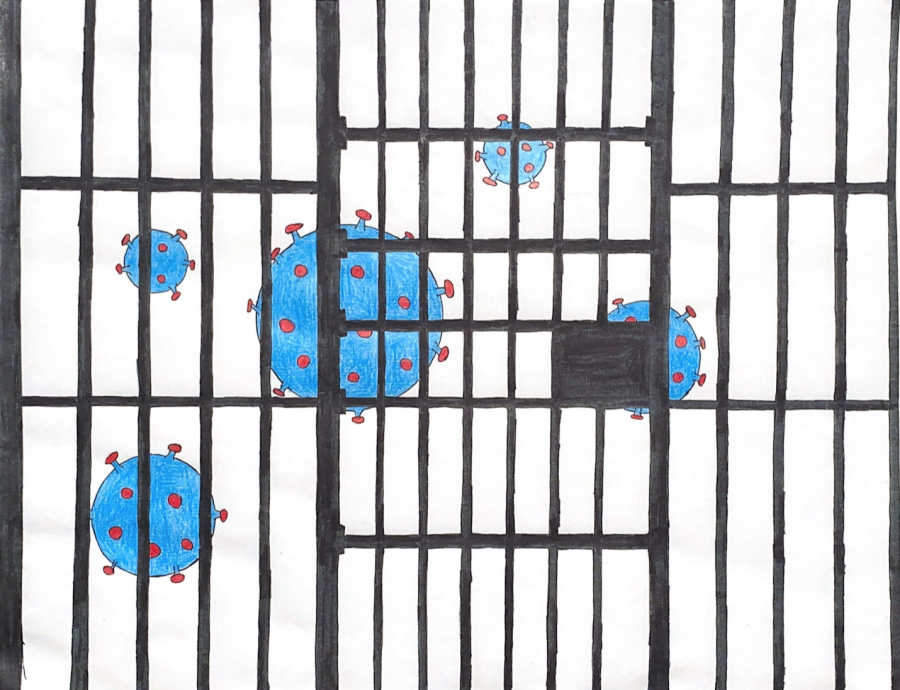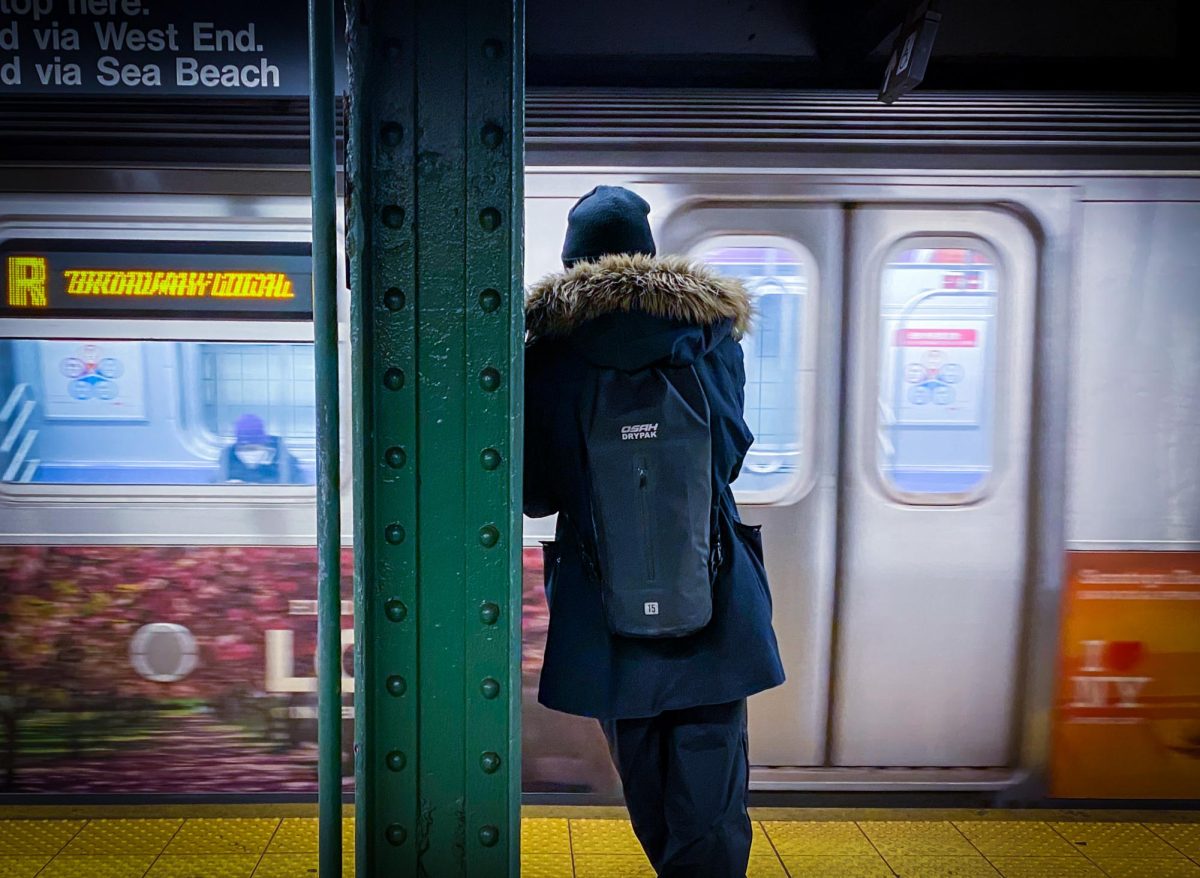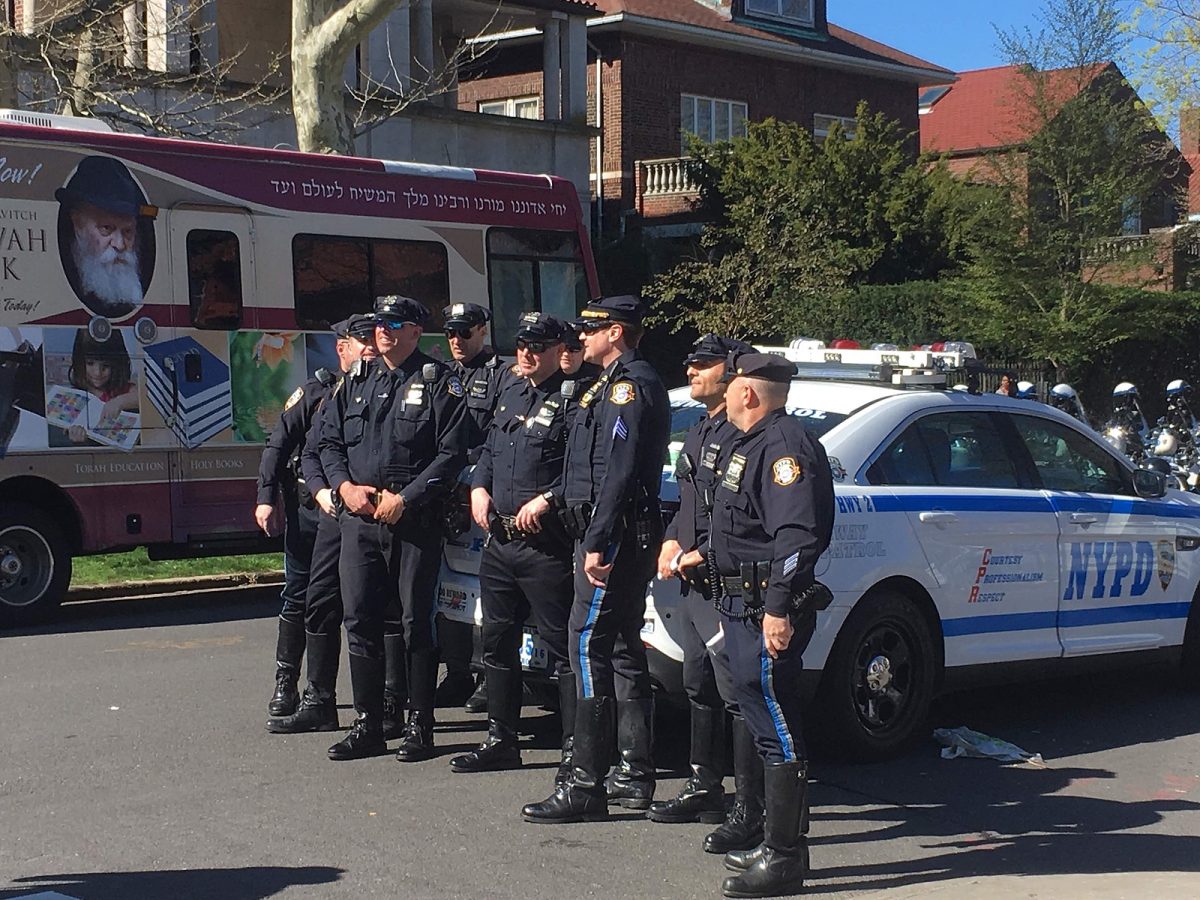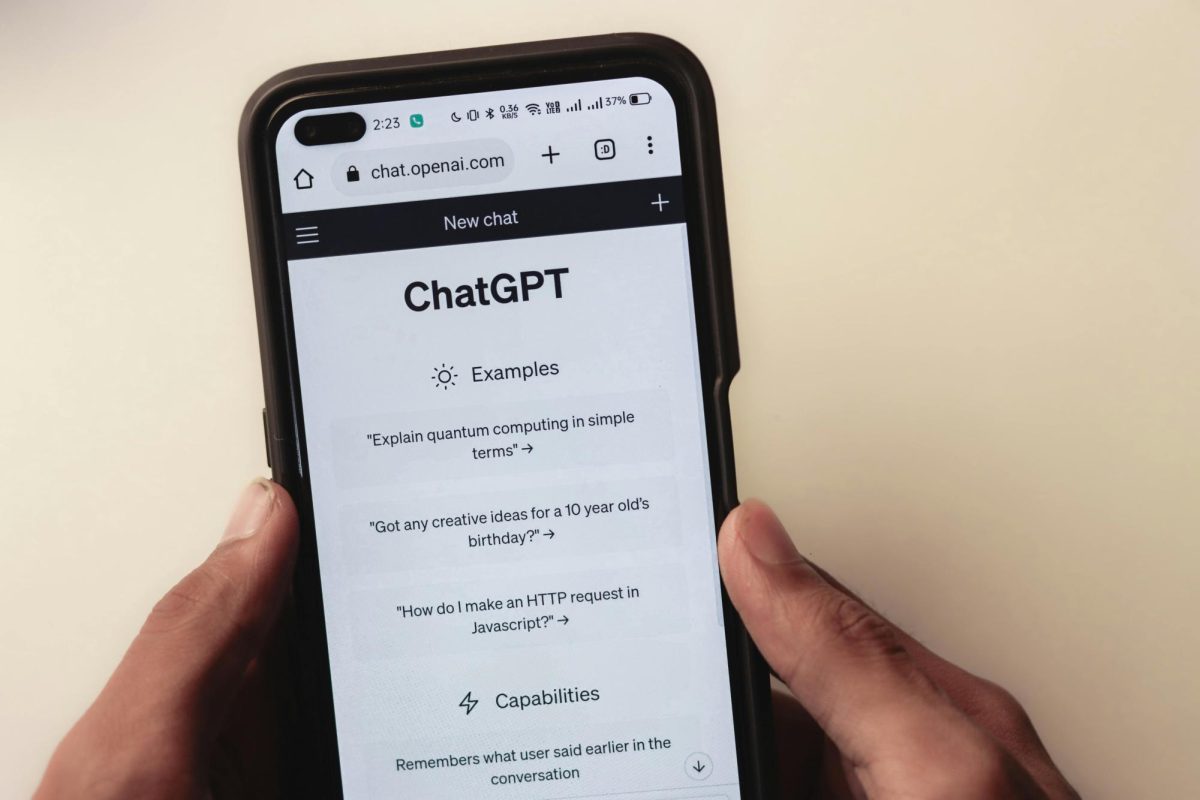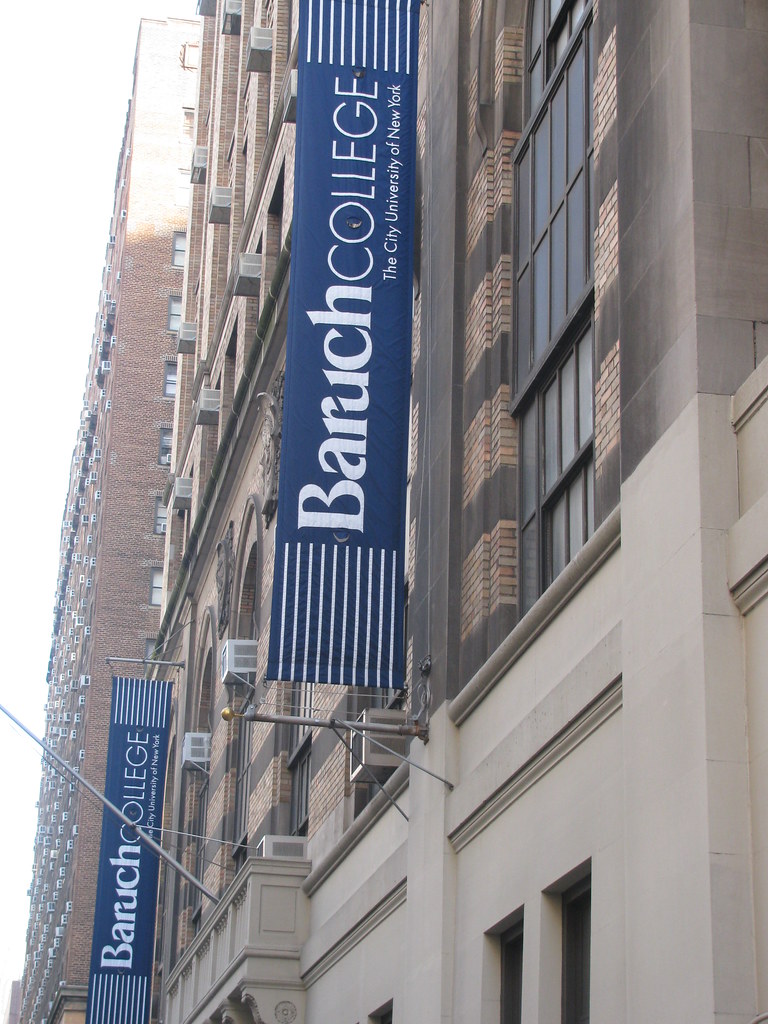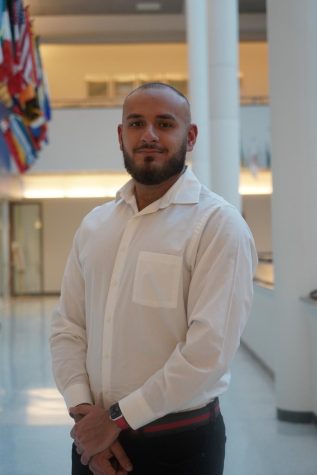New York State Gov. Andrew Cuomo’s top aide, Melissa DeRosa, said in a press conference on Jan. 22 that New York is still at the drawing board regarding how to rollout the COVID-19 vaccine for prisoners.
Questions of who should get the vaccine first have long been debated, but this should be common sense: prisoners should not get the vaccine before non-prisoners, especially when New York’s hardest hit are still waiting to receive their doses.
The debate surrounding the delivery of vaccinations comes during a time where the United States has been lagging in the first couple of months of vaccinations. Countries such as Israel and the United Arab Emirates have seen far greater success than the United States.
As of Feb. 5, Israel and the United Arab Emirates sport a 1.11 and 1.42 rate of vaccine doses administered per 100 people over a seven day average, respectively, in comparison to the United States’ 0.38 rate.
This underwhelming vaccine distribution in the United States has caused disagreement as to who should get priority access to the very limited supply of the shots first. Some are arguing for prisoners to be given priority in early vaccination rollout.
It would be morally unjust to give prisoners priority to receive the shots over non-prisoners.
According to the Correctional Association of New York, as of 2017, 64% of prisoners throughout New York State are in prison for violent felonies. Such felonies include murder and rape.
There is no reason that those who have exhibited behavior detrimental to society should be given priority to the shots over those that contribute to bettering their communities.
New York State has many more major problems to worry about regarding the distribution of vaccines to law-abiding citizens, before it can worry about vaccinating prisoners.
Nursing homes have been underwhelming in their vaccine distribution.
As of Feb. 6, 75% of the nursing home resident population statewide had been vaccinated, but only 49% of the staff population statewide had been vaccinated. This number was in the 20-30% range in some counties, like Cortland and Wayne.
This follows the scandal uncovered by New York Attorney General Letitia James, who outed Cuomo’s administration for not reporting the true number of those dead from COVID-19 and underreporting the facts by 50% or more.
Emerging data shows racial inequalities in the distribution of the vaccine, most notably in New York City, where data shows that white residents have received a disproportionate number of vaccines compared to New Yorkers of color. White residents accounted for 48% of vaccines received, while only comprising 32% of New York City’s population.
Asian residents received vaccine doses at a share consistent with their representation, receiving 15% of the doses while accounting for 14% of New York City’s population.
However, Latino residents have only received 15% of the vaccine supply and Black residents have only received 11% of the vaccine supply, while making up 29% and 24% of the city’s population, respectively.
Law-abiding Americans who have been on the frontlines of the pandemic are not vaccinated in significant numbers.
As of Feb. 5, only 8% of New Yorkers had been given their first dose of the vaccine and only 2% had gotten their second dose of the vaccine.
Essential workers, including healthcare workers, first responders, teachers, grocery workers, truckers and those who have severe underlying conditions, need to be prioritized to receive their doses.
Vaccinating these people first, not prisoners, is what will get the state to reach herd immunity and allow it to return to a pre-pandemic lifestyle.
With problems in distribution encountered, such as the lack of administration in nursing homes and the racial disparity in the recipients of the shots, along with the overall lack of vaccine administration, New York State and New York City need to focus on ensuring the safety of their law-abiding residents first.
These problems troubling the law-abiding population need to be dealt with before dealing with vaccinating prisoners.
Critics argue that because prisoners live in close quarters, they are susceptible to catching the virus and spreading it more easily than others. They argue that prisoners are thus deemed “high risk.” In states such as Massachusetts, prisoners have been among the first to be vaccinated.
In Colorado, however, there has been pushback against following the example of vaccinating prisoners first.
“That won’t happen … There’s no way it’s going to go to prisoners before it goes to the people who haven’t committed any crime,” Colorado Gov. Jared Polis said.
Polis won support from those who believe that essential workers should be prioritized and have a greater need for the vaccine.
Until there is enough supply of a vaccine to cover law-abiding New Yorkers who make positive contributions to society and until New York can solve its problem of a lack of equitable vaccine distribution, prisoners should not receive the vaccine.
It is only right that New York prioritizes the well-being of those that keep the state running and make it better.


